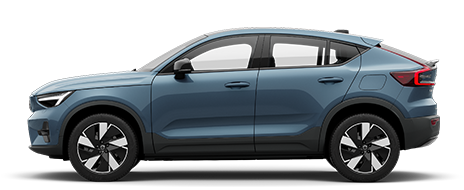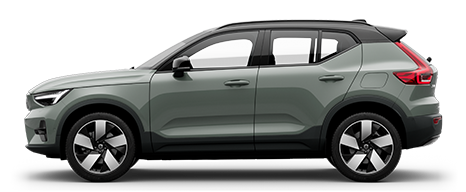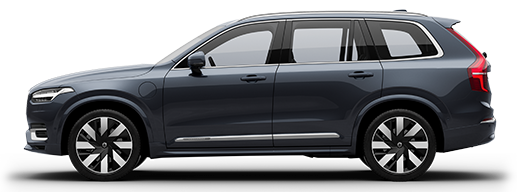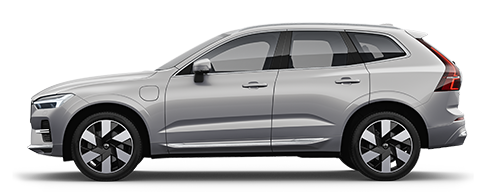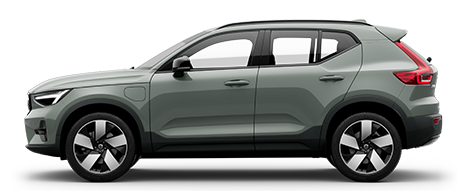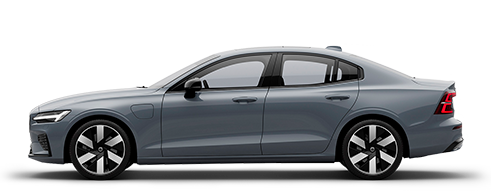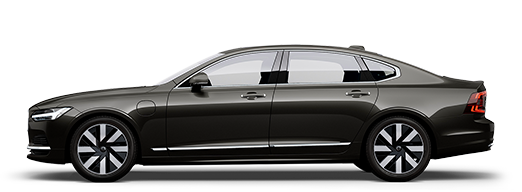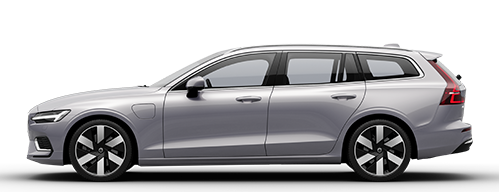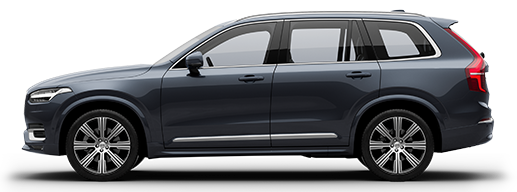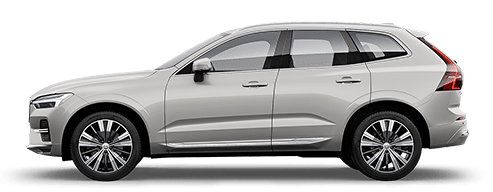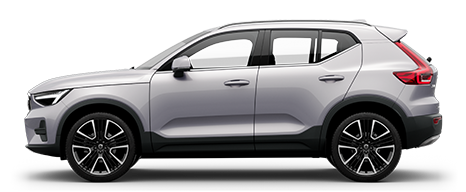Towing
During towing, one vehicle pulls another vehicle along behind it by means of a towline.
Find out the statutory maximum speed limit for towing before the towing begins.
Preparations and towing
Activate the car's hazard warning flashers.
Secure the towline in the towing eye.
Deactivate the steering lock by unlocking the car.
Note
In ignition position II the steering lock is deactivated if the car has been unlocked. See section “Ignition position” for more information.
Set the car in ignition position II by turning the ignition dial to START and holding the ignition dial in the START position for approx. 4 seconds. Then release the knob, which automatically returns to its starting position.
Move the gear selector to neutral position N and release the parking brake.
The towing vehicle can now start towing.
Keep the towline taut when the towing vehicle reduces speed by holding your foot gently pressed on the brake pedal - thereby avoiding unnecessary jerking.
Be prepared to brake to stop.
Important
Note that the car must always be towed with the wheels rolling forward.
- Do not tow cars with automatic transmission at speeds higher than 80 km/h (50 mph) or for distances in excess of 80 km.
Warning
- Check that the steering lock is unlocked before towing.
- Ignition position II must be active - in ignition position I all airbags are deactivated.
- Always keep the remote control key in the car when it is being towed.
Warning
The brake servo and power steering do not work when the engine is switched off - the brake pedal needs to be depressed about 5 times more heavily and the steering is considerably heavier than normal.
Jump starting
Do not tow the car to jump start the engine. Use a donor battery if the starter battery is discharged and the engine does not start.
Important
The catalytic converter may be damaged during attempts to tow-start the engine.
